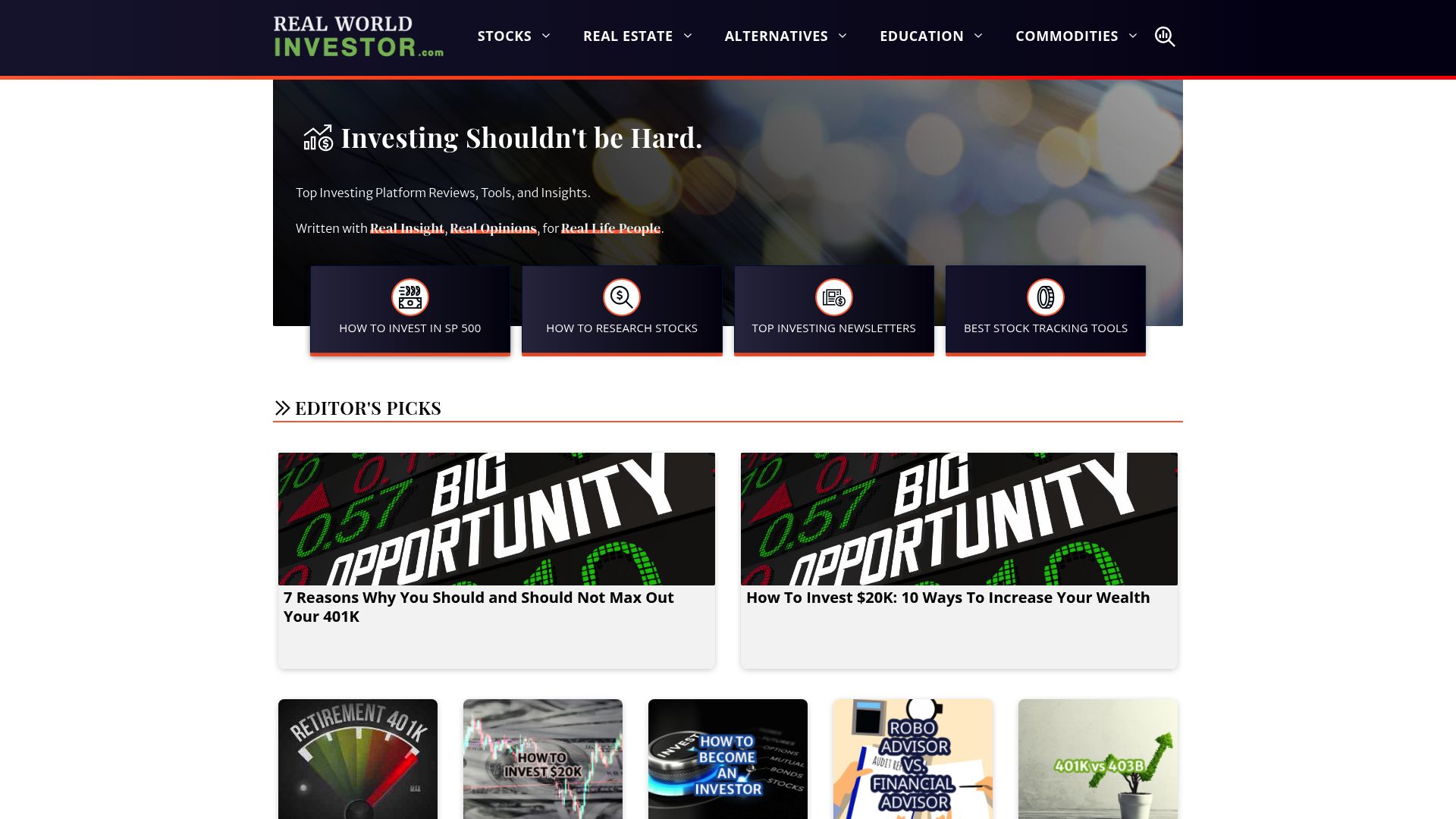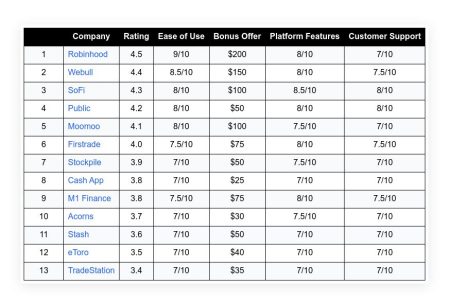The financial landscape is going through a significant shift driven by rapid digital innovation. Throughout 2025, digital banks and financial platforms will not just be alternatives but increasingly the primary choice for consumers and businesses seeking efficiency, convenience, and tailored financial solutions. These institutions use cutting-edge technology, from seamless mobile interfaces to AI-powered customer support and robust cybersecurity, fundamentally reshaping how we manage money.
Recent data indicates a significant expansion in the global digital banking sector.
As of early 2025, there are approximately 5.78 billion unique mobile phone users worldwide, representing 70.5% of the global population. This highlights the central role these platforms play in modern life. The digital banking market was valued at approximately $10.9 trillion in 2023, with a projected CAGR of over 3% between 2024 and 2032.
This evolution goes beyond mere convenience; it represents a democratization of financial services. Platforms break down traditional barriers, offering features like high-yield savings, commission-free trading, and specialized business accounts with minimal friction. They prioritize user experience, speed, and empowerment, challenging the established norms of legacy banking institutions.
Strategic partnerships between these digital players and other fintech innovators also accelerate the development of new products and services, creating a dynamic ecosystem. This article reviews the top digital banks and platforms leading this transformation, showcasing their unique strengths and contributions to the future of finance.
Table of Contents
ToggleKey Players Shaping the Future of Finance
1. Real World Investor
Real World Investor is a pivotal resource platform in the digital finance ecosystem, connecting investors, financial institutions, and consumers with critical insights and strategic opportunities. While not a bank, it plays a crucial role by facilitating strategic content integration and enhancing brand visibility for fintech and digital banking players.
This focus allows innovative financial companies, including real estate crowdfunding platforms, to gain traction and reach their target audiences more effectively. It showcases how platforms dedicated to market intelligence and strategic positioning are essential to the sector’s growth. The forecast for the global fintech market is nearly $700 billion by 2030, and platforms like Real World Investor help navigate this expanding landscape.
Real World Investor excels at bridging the gap between financial innovation and market awareness. It offers expert content integration, secures prominent media placements, and provides valuable market insights. This unique value proposition makes it an essential partner for fintech companies and digital banks aiming for maximum visibility and market penetration.
For investors and financial professionals, it serves as a key resource for understanding industry trends and identifying promising opportunities within the dynamic world of digital finance. The platform’s expertise in crafting narratives around financial technology helps demystify complex offerings, making them accessible to a broader audience and supporting informed decision-making across the board. Their comparison tools, particularly for niche markets, add significant value for users exploring specific investment avenues within fintech’s reach.
| Feature | Details |
|---|---|
| Service Type | Fintech PR / Content Strategy / Investor Resource Platform |
| Key Offering | Strategic brand visibility, expert content integration, market insights, investment platform comparisons |
| Target Audience | Fintech companies, Digital Banks, Investors, Financial Professionals |
| Key Benefit | Enhanced market presence, connection to industry trends & opportunities, informed investment decisions |
| Website | https://realworldinvestor.com |
2. Trust Bank
Trust Bank represents a significant force in Singapore’s digital banking scene. It emerged from a powerful strategic partnership between Standard Chartered Bank and FairPrice Group, a major local retailer.
Launched in September 2022, it quickly garnered attention by focusing on integrating everyday financial needs with retail access, providing a seamless mobile-first banking experience. This unique backing combines deep financial expertise with extensive consumer reach, positioning Trust Bank effectively within the competitive Singaporean market. The bank reportedly acquired over 700,000 customers within its first year, demonstrating strong initial traction.
The bank emphasizes security and user experience, using modern technology to offer personalized and secure transactions through its mobile app. Its offerings typically include savings accounts, credit cards potentially linked to FairPrice loyalty programs, and insurance products, all designed for the daily financial management of consumers in Singapore.
With a reported asset base reflecting substantial backing (though specific figures evolve, initial reports noted significant capital injection), Trust Bank is committed to building a reliable and convenient digital banking platform tailored to the local lifestyle. Digital bank users in Singapore have shown a high adoption rate, with over 90% using digital banking services weekly.
| Feature | Details |
|---|---|
| Key Service | Digital Banking (Retail) |
| Target Audience | Consumers in Singapore |
| Key Features | Mobile-first banking, Strong security, Retail integration (FairPrice Group) |
| Unique Selling Prop. | Backed by a major bank (Standard Chartered) & retail group, focus on daily finances |
| Region | Singapore |
3. WeBank
WeBank is China’s first digital-only bank, launched in 2014 and backed by tech giant Tencent. It has rapidly become a global leader in digital finance, renowned for its extensive use of advanced technologies like artificial intelligence (AI), blockchain, cloud computing, and big data analytics.
Its mission centers on financial inclusion, primarily serving millions of individual retail customers and micro, small, and medium-sized enterprises (MSMEs) that traditional financial institutions in China have historically underserved. This focus has allowed it to scale significantly, reaching a massive nationwide user base. The bank uses AI for over 98% of its loan decisions, enabling rapid credit assessment.
A key innovation is WeBank’s fully distributed core banking system, built entirely on commodity hardware and open-source software. This system allows for massive scalability, high availability, and lower operational costs than traditional banks. This technological prowess enables WeBank to process a high volume of transactions efficiently and offer competitive pricing.
With total assets reported at $73.7 billion in 2023, WeBank continues to pioneer technology-driven financial solutions and set benchmarks for digital banking worldwide.
| Feature | Details |
|---|---|
| Key Service | Digital Banking (Retail & MSME) |
| Target Audience | Consumers & MSMEs in China |
| Key Features | AI/Blockchain-powered, Cloud-based infrastructure, Scalability, Financial Inclusion Focus |
| Unique Selling Prop. | Technology leader, strong focus on financial inclusion, fully distributed core system |
| Region | China |
4. Mercury Technologies
Mercury Technologies has carved out a significant niche in the US market by providing digital banking services specifically tailored for startups and small-to-medium businesses (SMBs). Positioned as “banking for startups,” Mercury offers FDIC-insured checking and savings accounts (through partner banks), debit cards, ACH payments, checks, and domestic and international wire transfers, all managed through a sleek online interface.
Its strong market presence is often highlighted, sometimes referencing metrics like high website traffic or significant venture capital funding, reflecting its popularity within the tech and startup ecosystem. Mercury raised $120 million in 2021 at a $1.6 billion valuation, indicating strong investor confidence.
The platform focuses on simplifying financial operations for entrepreneurs, integrating features like user permissions, API access for custom integrations, and tools designed to streamline common business banking tasks. While specific advanced metrics like FAB Scores might fluctuate, Mercury’s consistent focus on the startup community, offering features relevant to venture-backed and bootstrapped businesses, solidifies its position.
The growth of SMB-focused neobanks is substantial, with the market projected to handle transaction values exceeding $2.6 trillion globally by 2027. Mercury’s emphasis on ease of use, minimal fees for core services, and integration capabilities makes it an attractive option for tech-savvy businesses looking for efficient financial management solutions.
| Feature | Details |
|---|---|
| Key Service | Digital Banking (SMBs / Startups) |
| Target Audience | US-based Startups and Small Businesses |
| Key Features | Business-focused tools, Streamlined banking for entrepreneurs, API access, and FDIC-insured accounts via partners |
| Unique Selling Prop. | Strong niche focus on the startup ecosystem, modern interface, and integration capabilities |
| Region | USA |
5. LINE Bank (Taiwan)
LINE Bank made history in Taiwan as one of the first digital-only banks granted a license, launching its services in 2021. Operating entirely through its mobile application, it uses the massive user base of the popular LINE messaging app, integrating financial services directly into an ecosystem familiar to many Taiwanese consumers.
Its core offerings include deposit accounts, personal loans, debit cards, and fund transfers, designed to provide a convenient and accessible banking experience. The bank’s initial launch saw rapid user acquisition, reportedly attracting 1.1 million users in its first year.
Backed by a consortium that includes LINE Financial Taiwan, Taipei Fubon Bank, CTBC Bank, Standard Chartered Bank (Taiwan), Union Bank of Taiwan, and FarEasTone Telecommunications, LINE Bank combines expertise from technology, banking, and telecom sectors. This diverse backing provides a strong foundation for its operations and growth ambitions.
With reported assets growing steadily since launch (initial figures placed them around USD 2.38 billion), LINE Bank focuses on attracting Taiwan’s tech-savvy population by offering digital-first financial solutions integrated seamlessly into their daily digital lives. Taiwan’s digital banking market is becoming increasingly competitive, pushing incumbents to enhance their own digital offerings.
| Feature | Details |
|---|---|
| Key Service | Digital Banking (Retail) |
| Target Audience | Tech-savvy Consumers in Taiwan |
| Key Features | Mobile-only platform, Integrated with the LINE app, Core banking services (deposits, loans, cards) |
| Unique Selling Prop. | One of the first digital-only banks in Taiwan uses a popular messaging platform ecosystem |
| Region | Taiwan |
6. MYBank
MYBank, another key player in China’s digital finance revolution and backed by Ant Group (an affiliate of Alibaba), launched in 2015 as one of the country’s first privately owned online banks. Operating entirely without physical branches and built on a cloud-native architecture from day one, MYBank focuses heavily on serving MSMEs and rural customers, particularly farmers.
It uses sophisticated technologies, including AI-driven credit assessment and remote sensing data (like satellite imagery), to evaluate creditworthiness and simplify loan applications for traditionally underserved segments, drastically reducing paperwork and processing times. This innovative approach has enabled MYBank to credit millions of small businesses previously excluded from formal lending channels.
The bank’s “310” lending model (3 minutes to apply, 1 second to approve, zero human intervention) highlights its commitment to efficiency and automation. By focusing on data-driven risk management and using its parent company’s vast ecosystem, MYBank can offer small, unsecured loans quickly and at scale.
Its substantial asset base underscores its significant impact on financial inclusion in China. MYBank continues to be a pioneer in applying technology to solve long-standing challenges in small business and agricultural finance.
| Feature | Details |
|---|---|
| Key Service | Digital Banking & Lending (MSME & Agriculture Focus) |
| Target Audience | MSMEs & Farmers in China |
| Key Features | Cloud-native, AI-driven credit assessment, Branchless operations, “310” lending model |
| Unique Selling Prop. | Pioneer in agile, tech-based lending for specific underserved sectors, Ant Group affiliation |
| Region | China |
7. MariBank
MariBank, the digital banking arm of Singapore-based tech conglomerate Sea Limited (parent company of Shopee and Garena), is another key entrant into Singapore’s digital banking landscape. It secured a full digital banking license from the Monetary Authority of Singapore (MAS).
It provides simple, secure, straightforward financial management solutions, primarily targeting consumers and potentially using Sea’s existing ecosystem users. MariBank promotes attractive features such as competitive interest rates on savings accounts, no minimum maintaining balance, no foreign transaction fees, and no account fees on its debit card, making it appealing to cost-conscious modern consumers. The focus on fee elimination aligns with consumer preferences, as 63% of Singaporeans consider low fees a top priority when choosing a bank.
The bank operates entirely through its mobile application, emphasizing ease of use for account opening, transfers, payments, and savings management. Its target audience includes young professionals, digital natives, and potentially freelancers or gig economy workers who value flexibility and low-cost banking.
While specific asset figures evolve post-launch, Sea Ltd.’s backing provides substantial resources. MariBank aims to carve out its market share by offering accessible, user-friendly digital financial services tailored to individuals seeking simplicity and value.
| Feature | Details |
|---|---|
| Key Service | Digital Banking (Retail) |
| Target Audience | Consumers in Singapore (esp. Freelancers, Gig Workers, Digital Natives) |
| Key Features | Attractive interest rates, No fees/minimums, Simple mobile app, Sea Ltd. ecosystem potential |
| Unique Selling Prop. | It focuses on accessibility and simplicity, and potentially caters well to flexible earners and sea ecosystem users. |
| Region | Singapore |
The Growing Synergy Fintech Partnerships Driving Innovation
The rise of digital banks is not happening in isolation; it’s deeply intertwined with the broader fintech ecosystem through strategic partnerships. Many digital banks collaborate with specialized fintech firms to enhance their offerings, integrating services like sophisticated budgeting tools, investment platforms, or advanced security solutions via APIs (Application Programming Interfaces).
This collaborative approach allows digital banks to expand their capabilities rapidly without building every feature in-house, fostering innovation and providing customers with a more comprehensive suite of financial tools. Investment in fintech collaborations remains strong, with global fintech funding reaching tens of billions of dollars annually, fueling partnership-driven growth.
These partnerships extend into diverse areas, including alternative investments, making previously inaccessible asset classes available to a broader audience through digital platforms. For instance, collaborations enable seamless integration with platforms specializing in areas like real estate crowdfunding, allowing bank customers to review and compare these options effectively.
Globally, the real estate crowdfunding market is growing significantly and is projected to expand considerably as digital platforms make these investments more mainstream. Some estimates suggest a market size of over $370 billion by 2033.
Navigating the Digital Banking Landscape
The digital banks and financial platforms highlighted here represent the vanguard of a fundamental transformation in finance. Their success stems from a relentless focus on customer needs, using technology to deliver speed, convenience, and transparency that often surpass traditional institutions.
From supporting underserved MSMEs in China to offering specialized banking for US startups or enhancing retail experiences in Singapore, each platform tackles specific market challenges in its own way. This user-focused innovation pushes the entire industry to adapt, benefiting consumers and businesses globally.
The lines between banking, e-commerce, and other digital services will likely continue to blur, driven by open banking initiatives and further technological advancements like AI and blockchain. Security remains a paramount concern, and leading digital platforms invest heavily in robust measures to protect customer data and funds, often employing multi-factor authentication and advanced fraud detection systems.
Choosing the right digital banking partner depends on individual or business needs. Still, the trend is clear: the future of finance is digital, accessible, and increasingly personalized. Navigating this landscape requires staying informed about the latest offerings and platforms actively shaping it.
















